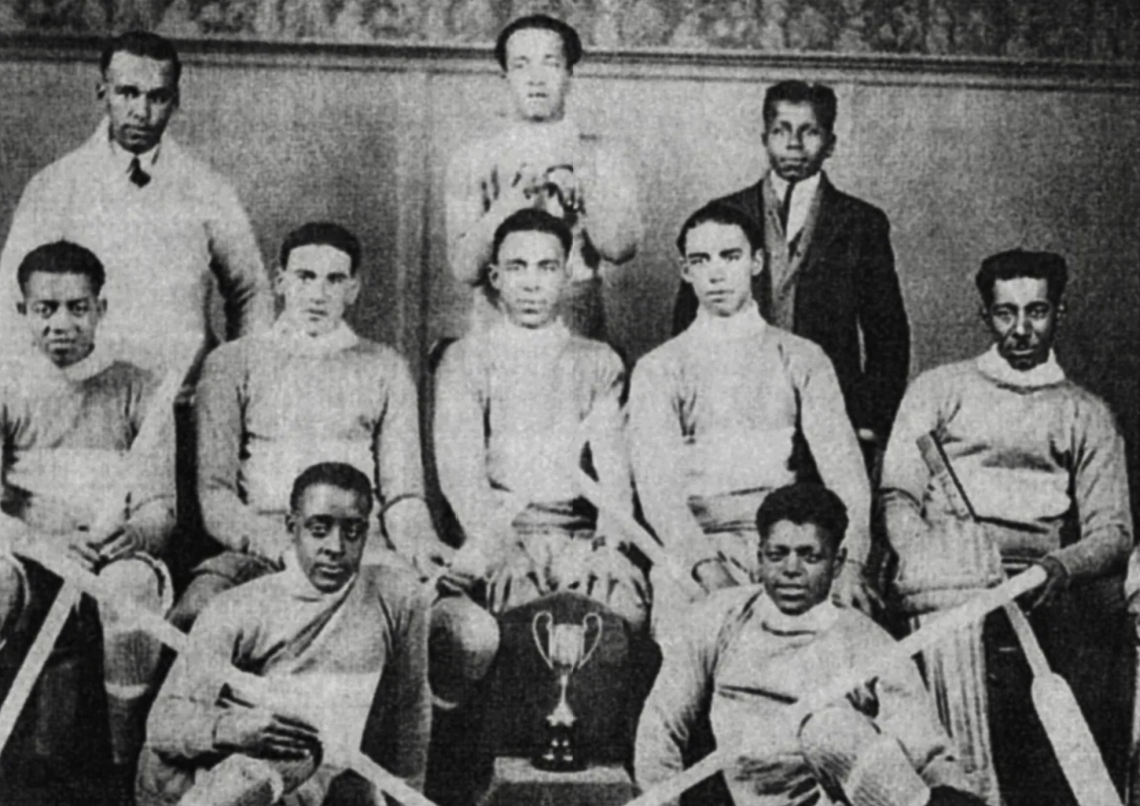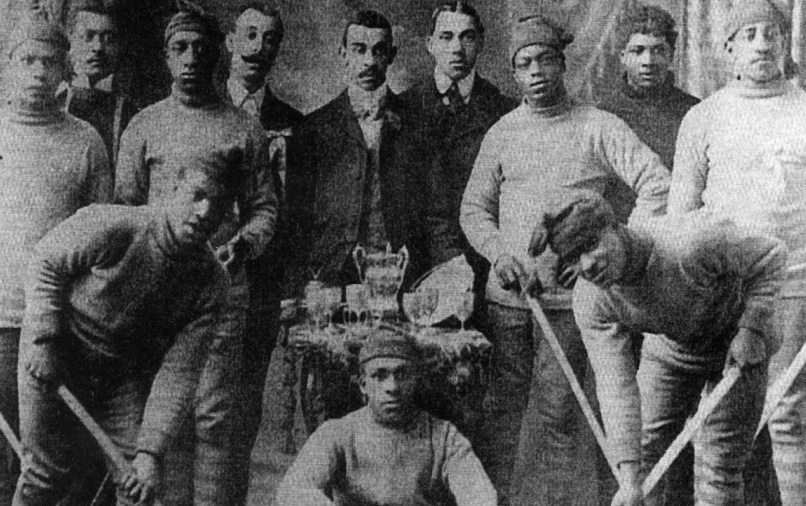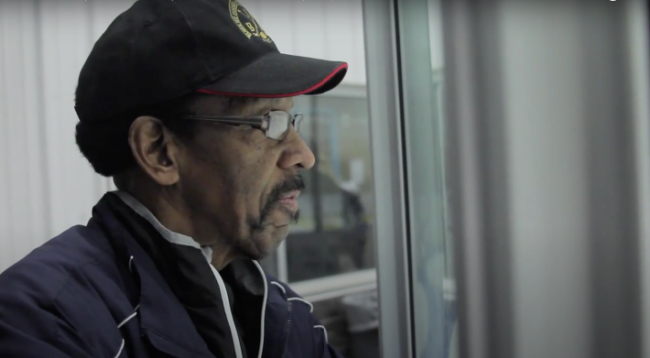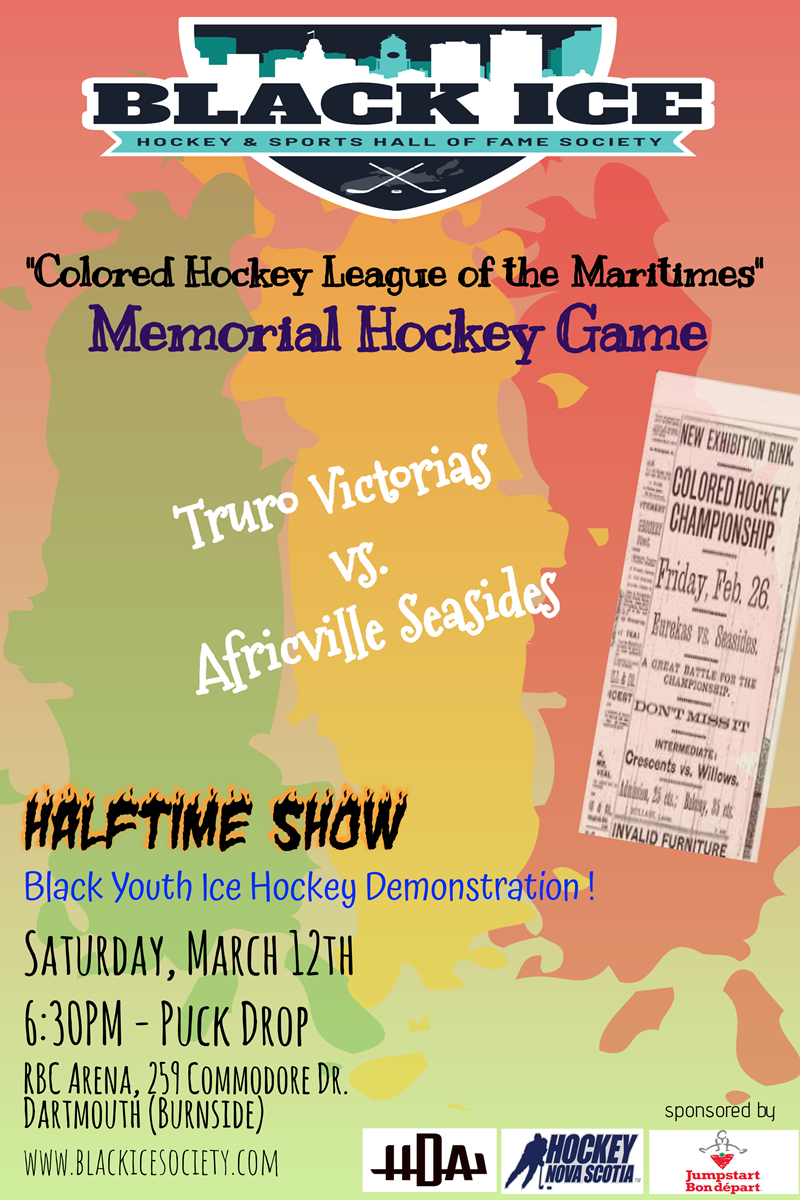HISTORIC HOCKEY CELEBRATION PLANNED IN DARTMOUTH

On Saturday evening, a century-old rivalry will be renewed in Dartmouth when the Truro Victorias and Africville Seasides face off.
The two rosters, made up of Black players from across Nova Scotia, will be commemorating a 1920s championship game that was played between the historic Colored Hockey League teams.
"I'm very excited about Saturday's game because we've had an overwhelming response from players wanting to participate in this historic event," says Dean Smith, Hockey Nova Scotia's chair of diversity and inclusion and a member of the Black Ice Hockey and Sports Hall of Fame Society's executive.
For more than a decade, the society has hosted the game to celebrate the contributions of the African Nova Scotia community to the sport and the rich history of the Colored Hockey League.
Formed more than two decades before the NHL, the league was launched in 1895 by a group of Black Baptist Church leaders and academics who aimed to attract young Black men to the Church. The arrangement was simple: come to Sunday service, then play games against rival churches and communities.
Before it was even a decade old, the league had moved from ponds to local rinks and had grown to boast hundreds of players and a dozen teams from communities like Dartmouth, Africville, and Upper Tantallon. All-Black clubs from as far away as Amherst and even Charlottetown, P.E.I., vied for the league title.
“You had Black men who, at a time when they were still fighting for the right just to be accepted in their own country as equal, were out playing hockey on the lakes and ponds and had formed their own league,” Black Cultural Centre for Nova Scotia president Craig Smith says.
“It’s amazing when you just consider that and think about it for a moment.”

(PHOTO: The Colored Hockey League of the Maritimes was founded in 1895.)
In its early days, games in the Colored Hockey League were played without a rulebook. Without those constraints, the league fostered a fast, physical and innovative brand of play, and its teams were said to rival their best white contemporaries.
It is believed that early variations of the butterfly style of goaltending and even the slapshot can be traced back to the league.
At a time when it was prohibited in the game that white teams were playing, diminutive goaltender Henry “Braces” Franklyn was dropping to his knees to stop pucks while the Halifax Eurekas’ Eddie Martin was raising his stick to his waist and slapping pucks at opposition nets. That was almost 50-years before Bernie “Boom Boom” Geoffrion popularized the shot with the Montreal Canadiens.
But the innovations of the Colored Hockey League were short-lived. Following decades of discrimination and racist government policies, a legal dispute in Africville over a proposed railroad annexation of their land pitted Halifax’s Black community against government officials.
During the ensuing five-year legal battle, league organizers struggled to secure quality ice from many local rink owners who refused to rent their facilities to the league. Games were ultimately forced back to the community lakes and ponds where the league had begun.
It is said that newspaper coverage of the league was halted almost overnight and so, too, was the league’s influence in the Maritimes.
The Colored Hockey League made a brief return in the 1920s but did not enjoy the reach and popularity it once had. By the Second World War, the league had been largely erased from Atlantic Canadian history.
“Some of those communities have kind of dried up, people moved away, and hockey became an expensive sport in my lifetime, so you don’t have as many Black people gravitating towards [hockey],” Craig Smith says.
Interest in the league was revived in 2004 when Black Ice: The Lost History of the Colored Hockey League of the Maritimes, 1895 to 1925 was released by George and Darril Fosty.
The book caught the attention of Wilf Jackson, who had never heard of the Colored Hockey League. Inspired by the Black community’s forgotten roots in the game, Jackson and his late wife Olive, who they had learned had family members who played with a team in Truro, worked with other volunteers in their community to establish the Black Ice Hockey and Sports Hall of Fame Society
They also collaborated with Hockey Nova Scotia to launch the Black Youth Ice Hockey Program.

(PHOTO: Wilf Jackson attends a session of the Black Youth Ice Hockey Program.)
The program’s goal is simple: to remove barriers and make the sport more accessible for a community that, today, is underrepresented at Nova Scotia rinks.
“The game changed for us,” says Jackson, the current president of the society. “And now we just want to get back in the game.”
On Saturday, participants from the Black Youth Ice Hockey Program will help recreate the Colored Hockey League's history as they take part in a half-time show to recognize the next generation of African Nova Scotian hockey players.
The puck drops at 6:30 p.m. on Pad D at the RBC Centre in Dartmouth.
